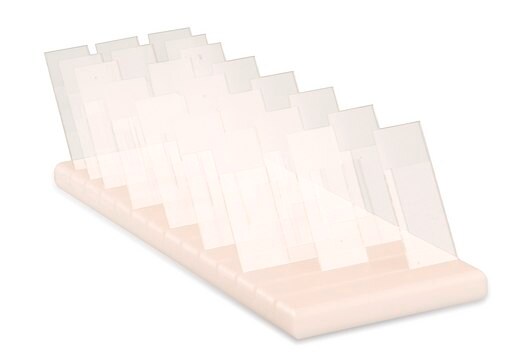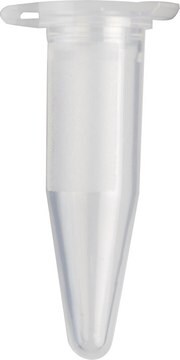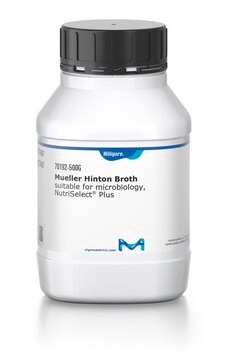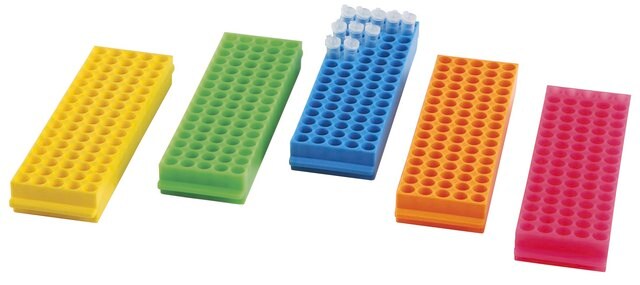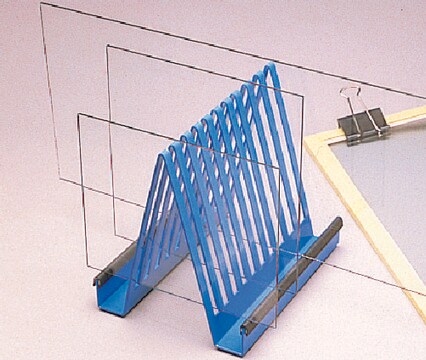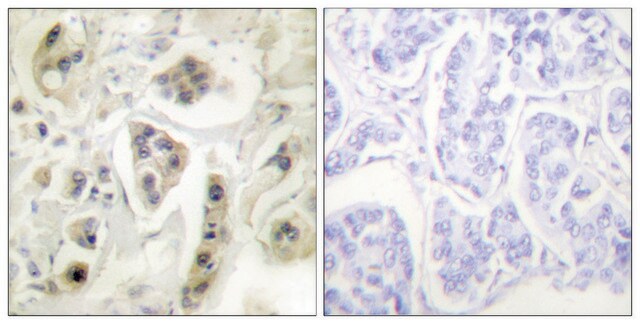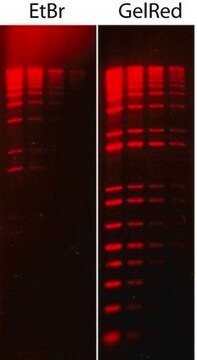MABF2108
Anti-Chlamydial HSP60 Antibody, clone A57-B9
clone A57-B9, from mouse
Synonyme(s) :
Chlamydia heat shock protein 60
About This Item
ICC
IF
WB
immunocytochemistry: suitable
immunofluorescence: suitable
western blot: suitable
Produits recommandés
Source biologique
mouse
Forme d'anticorps
purified antibody
Type de produit anticorps
primary antibodies
Clone
A57-B9, monoclonal
Espèces réactives
bacteria, Chlamydia
Conditionnement
antibody small pack of 25 μg
Technique(s)
ELISA: suitable
immunocytochemistry: suitable
immunofluorescence: suitable
western blot: suitable
Isotype
IgG1κ
Modification post-traductionnelle de la cible
unmodified
Description générale
Spécificité
Immunogène
Application
Immunofluorescence Analysis: A representative lot detected Chlamydial HSP60 in Immunofluorescence applications (Southern, T., et. al. (2012). Clin Vaccine Immunol. 19(11):1864-9).
ELISA Analysis: A representative lot detected Chlamydial HSP60 in ELISA applications (Morrison, S.G., et. al. (2005). J Immunol. 175(11):7536-42).
Western Blotting Analysis: A representative lot detected chlamydial HSP60 in Western Blotting applications (Hechard, C., et. al. (2004). J Med Microbiol. 53(Pt 9):861-8; LaVerda, D., et. al. (1997). J Clin Microbiol. 35(5):1209-15; Southern, T., et. al. (2012). Clin Vaccine Immunol. 19(11):1864-9; Yuan, Y., et. al. (1992). Infect Immun. 60(6):2288-96).
Inflammation & Immunology
Qualité
Western Blotting Analysis: 2 µg/mL of this antibody detected Chlamydial HSP60 in lysates from HeLa cells infected with Chlamydia trachomatis serovar L2 (LGV 434 L2) .
Description de la cible
Forme physique
Stockage et stabilité
Autres remarques
Clause de non-responsabilité
Vous ne trouvez pas le bon produit ?
Essayez notre Outil de sélection de produits.
Code de la classe de stockage
12 - Non Combustible Liquids
Classe de danger pour l'eau (WGK)
WGK 1
Point d'éclair (°F)
Not applicable
Point d'éclair (°C)
Not applicable
Certificats d'analyse (COA)
Recherchez un Certificats d'analyse (COA) en saisissant le numéro de lot du produit. Les numéros de lot figurent sur l'étiquette du produit après les mots "Lot" ou "Batch".
Déjà en possession de ce produit ?
Retrouvez la documentation relative aux produits que vous avez récemment achetés dans la Bibliothèque de documents.
Notre équipe de scientifiques dispose d'une expérience dans tous les secteurs de la recherche, notamment en sciences de la vie, science des matériaux, synthèse chimique, chromatographie, analyse et dans de nombreux autres domaines..
Contacter notre Service technique
